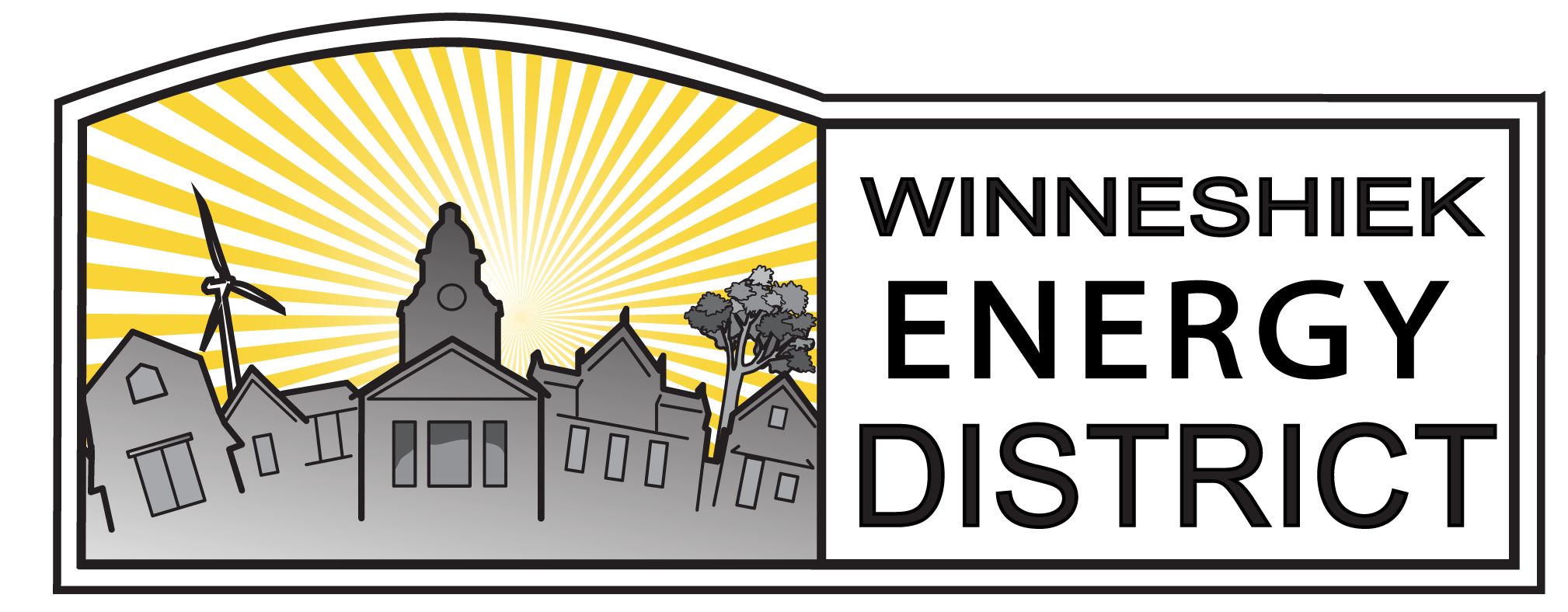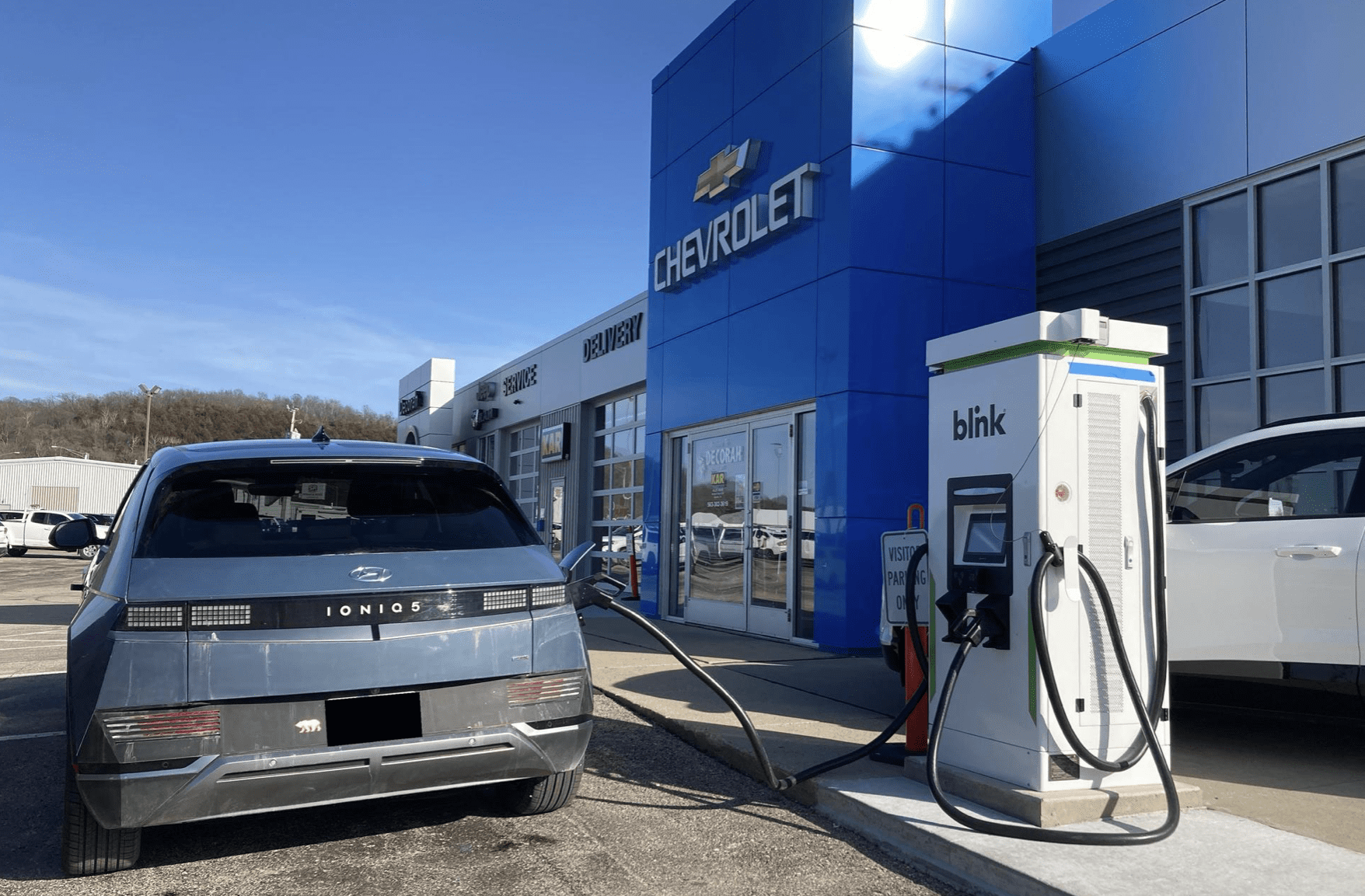Electric Vehicles: It’s Not All Doom and Gloom
Paul Cutting, Energy Planner
If you’ve been following the national news about electric vehicles (EVs) lately, you might think things are quite dire. There’s concern of the Trump administration’s attempts to eliminate funding for the buildout of a national charging network, fear that tax credits will be eliminated, slowing sales amongst certain manufacturers, and eye-popping used vehicle depreciation.
But the reality is far less bleak, if not outright positive. The EV tax credits for both new and used vehicles remain in place, at least for now, industry wide EV sales continue to grow, and more affordable models with better range and charging capabilities are coming to market every month. For those of you considering an EV, 2025 could be the best time yet to make the switch.
Federal tax credits for both new and used vehicles remain in place. And to displace any concern of whether the tax credits will still be there when you file your taxes next spring, all credits can now be taken as a point of sale reduction in vehicle purchase price. Tax credit availability varies by vehicle model, and are pegged to manufacturing and battery sourcing rules, but many models qualify for between $3,750 and $7,500 in rebates. In many cases, leasing is an even better deal, as the full $7,500 credit applies to all models, regardless of manufacturing and battery sourcing requirements. Many manufacturers are also offering special financing rates and additional cash-back incentives, that coupled together, make leasing more appealing than outright ownership. These incentives make EVs far more competitive with gas-powered cars than sticker prices alone might suggest.
Affordability is improving in another key way— new, mass-market EVs are finally coming to market. The Kia EV3, an affordable small SUV with solid range, underpinned by the Hyundai Electric- Global Modular Platform with its ultra-fast charging capabilities, is expected later this year. Chevrolet is bringing back the Bolt, a budget-friendly option that was one of the best-selling EVs before its temporary discontinuation in 2023. Rivian’s upcoming R2 aims to offer adventure-ready, up-market electric driving at a more accessible price point. Ford has stated that its strategy going forward is small, mass-market EVs, built as both SUVs and small trucks. Other automakers, including Volkswagen and Nissan, have also hinted at lower-cost models in development. 2025 will be the year major manufacturers switch from niche, high-end models to mass market offerings.
Charging has long been a sticking point for potential EV buyers, but that’s changing too. A growing number of manufacturers, including Ford, GM, Kia, Hyundai, Rivian, Nissan, Volvo and others, now have access to Tesla’s extensive Supercharger network. This expansion will significantly increase fast charging options, while reducing range anxiety and making road trips easier. And fast charging is increasingly being rolled out in rural areas like northeast Iowa, as evidenced by 150+ kW chargers being installed at area auto dealers, and the buildout of fast charging regionally at chains like Caseys, Kum & Go, HyVee and Walmart.
While the transition to electric isn’t without its challenges, the overall trend remains unchanged—EVs are getting cheaper, more affordable and easier to charge. The doom-and-gloom doesn’t tell the whole story, and the EV transition continues to roll on.

